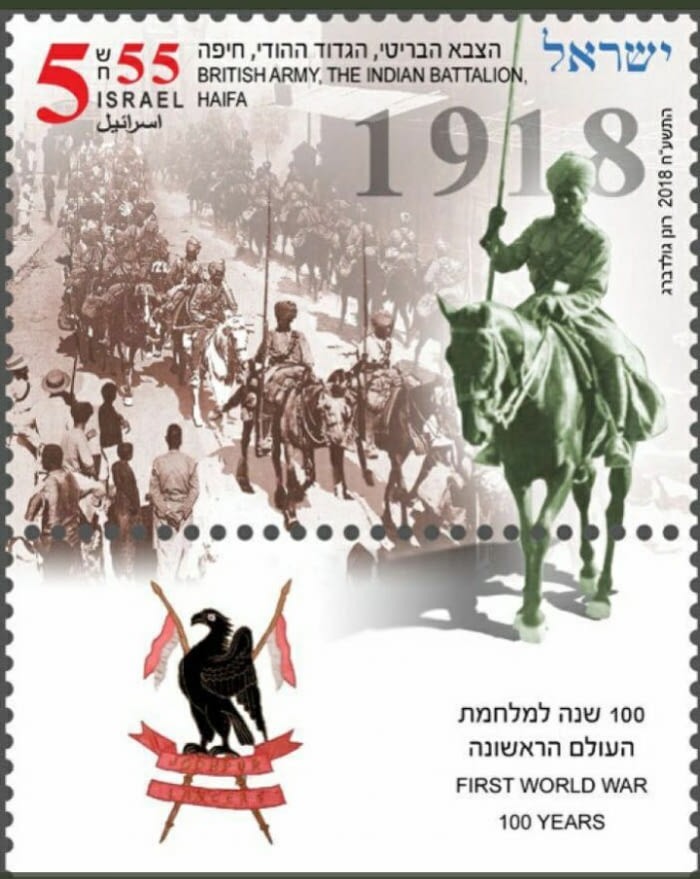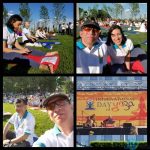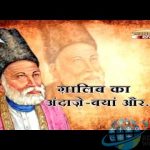Have you ever heard about Haifa? Do you know that Indian Army celebrates September 23 as Haifa Day every year? What is this Haifa? What has it got to do with Indian Army with Haifa? Why is it in news now?
Haifa is the third biggest city and largest port of Israel. It has an almost century old connection with India through the World War I. It was in news recently, when it was suggested to rename Delhi’s Teen Murti Circle after this name. Moreover Prime Minister Narendra visited the Haifa Indian Cemetery and pay homage to the Indian soldiers who sacrificed their lives while fighting in the World War I.

Haifa – WWI
In 1918, Indian soldiers fought the World War I alongside British forces. The British were in war with the then Ottoman Empire, who controlled a large part of West Asia. Haifa was part of the Turkish empire.
The British had sent it 15th Imperial Service Cavalry Brigade to fight against the Ottoman and German forces at Haifa. Indian soldiers, who were part of the troop, came from the princely states of Jodhpur, Mysore and Hyderabad. While soldiers from Jodhpur and Mysore took field in the actual war, those from Hyderabad were employed in maintaining communication channels and serving the injured.
The Indian soldiers were oddly equipped against an army that had heavy machine guns. It is said that the British commander was not in favour of moving forward to liberate Haifa after he became sure about the heavy artillery and machine guns in the enemy’s camp. But, the Indian soldiers refused to back off saying that they would not be able to face people back home in Jodhpur and Mysore.
They Jodhpur soldiers led by Major Dalpat Singh Shekhawat were at the forefront and won the Haifa war with the help of Mysore and Hyderabad forces. Major Shekhawat died fighting at Haifa. He is known as Hero of Haifa. Several historians have chronicled the bravery of Indian soldiers, who beat the bullet coming from machine guns with the speed of their cavalry.

The Last Battle
The Haifa war is also famous as the last battle won by the use of cavalry. The World War I had established that the new age weapons were far too superior against cavalry and the like. The practice of cavalry virtually ended after the World War I. Haifa war also stamped the bravery and martial skill-set of Indian soldiers, who captured 1350 German troopers in the battle. They also seized 17 guns, 11 machine guns. 60 of Indian horse soldiers were killed while 80 others were injured. 44 Indian soldiers lost their lives at Haifa. Their graves are present there.
About 900 Indian soldiers died fighting on the soil of Israel during World War I. After the war ended, the Teen Murti Circle was built in Lutyens Delhi by British sculptor Leonard Jennings in 1922. The Haifa India Cemetery was built in Israel. The three statues at the Teen Murti Circle in Delhi represent the regiments of Jodhpur, Mysore and Hyderabad.
The Haifa war was fought on September 22 and 23 in 1918. Indian Army celebrates September 23 as Haifa Day every year. While remaining unknown in their own country, some Indian soldiers will become household names in Haifa in northern Israel after figuring in the history textbooks taught at schools for their contribution in liberating this city in 1918.
The municipality of Haifa has gone ahead with its decision to immortalise the sacrifices made by Indian soldiers, many of whom are buried in the cemetery there, by including the stories of their valiant efforts in liberating the coastal city during the First World War in the school curricula as part of the history textbooks. Haifa Historical Society has done an extensive research on the role of the Indian army in the region.
The Indian army commemorates September 23rd every year as Haifa Day, to pay its respects to the two brave Indian Cavalry Regiments that helped liberate the city in 1918 following a dashing cavalry action by the 15th Imperial Service Cavalry Brigade. Residents of the Israeli city also celebrate Haifa Day the same day with a series of cultural programmes during the week.
In the autumn of 1918, the Indian Brigade was a part of the Allied Forces sweeping northwards through Palestine in what is seen as the last great cavalry campaign in history. Captain Aman Singh Bahadur and Dafadar Jor Singh were awarded the Indian Order of Merit (IOM) and Captain Anop Singh and 2nd Lt Sagat Singh were awarded the Military Cross (MC) as recognition for their bravery in this battle.
Must read Sabarimala : Significance of 18 steps in the Ayyappa Swamy pilgrimage
Must read 50 Stars of Christmas : Christ Church in Shimla – exmplifies Christian Virtues









